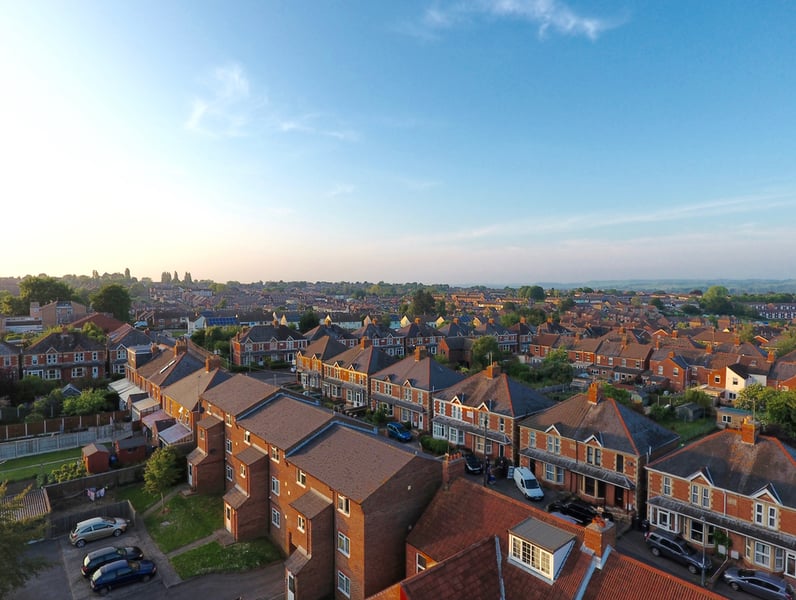House prices are up 13.4% on an annual basis with the average house price now standing at £343,658.

House price growth rates continue to climb strongly in England and Wales with prices increasing by a whopping 20% in both Greater Manchester and Merseyside, according to the latest e.surv Acadata House Price Index.
House prices are up 13.4% on an annual basis with the average house price now standing at £343,658.
The lowest growth has been seen in London where 10 boroughs reported annual price falls.
Richard Sexton, director at e.surv, said: “Overall, we can see the market continues to enjoy the effect of the government’s stamp duty holiday.
"Buyers are still striving to complete purchases in time to benefit from the maximum tax break ahead of the change in June to a tapered deadline.
“Completion prices for transactions funded by both mortgages and cash grew by a startling 13.4% annually in May, and at a national level, prices in England and Wales rose on a monthly basis by some £1,800, or 0.5%.
"However, it is notable that the monthly price increases over the last three months are the lowest since June 2020, probably a reflection of the rapidly approaching end of the stamp duty holiday.
“Regionally, there has been continued price growth across Wales and all nine English regions. Prices performed particularly strongly in the North West which achieved its highest rate of annual house price growth,18.4%.
"Growth in the North West is underpinned by activity in both Greater Manchester and Merseyside, where prices are increasing at a staggering annual rate of 20.9%. London and the South East have also seen growth, although at a lower level. It should be remembered that London property prices have already experienced a boom in the years following the global financial crisis, a
rise not experienced by many other UK regions.
“Our property type data shows there has been a shift in the kind of homes that buyers are looking for.
"Working from home has encouraged interest in larger homes with gardens outside city centres.
"The demand for flats in central and inner areas of London and other cities has not been as strong as for other types of homes due to lifestyle changes and new working arrangements, alongside the absence of overseas buyers in prime central London due to COVIDrestrictions. The impact of the pandemic on flats has been amplified by the issues surrounding cladding for mortgage lenders.”



